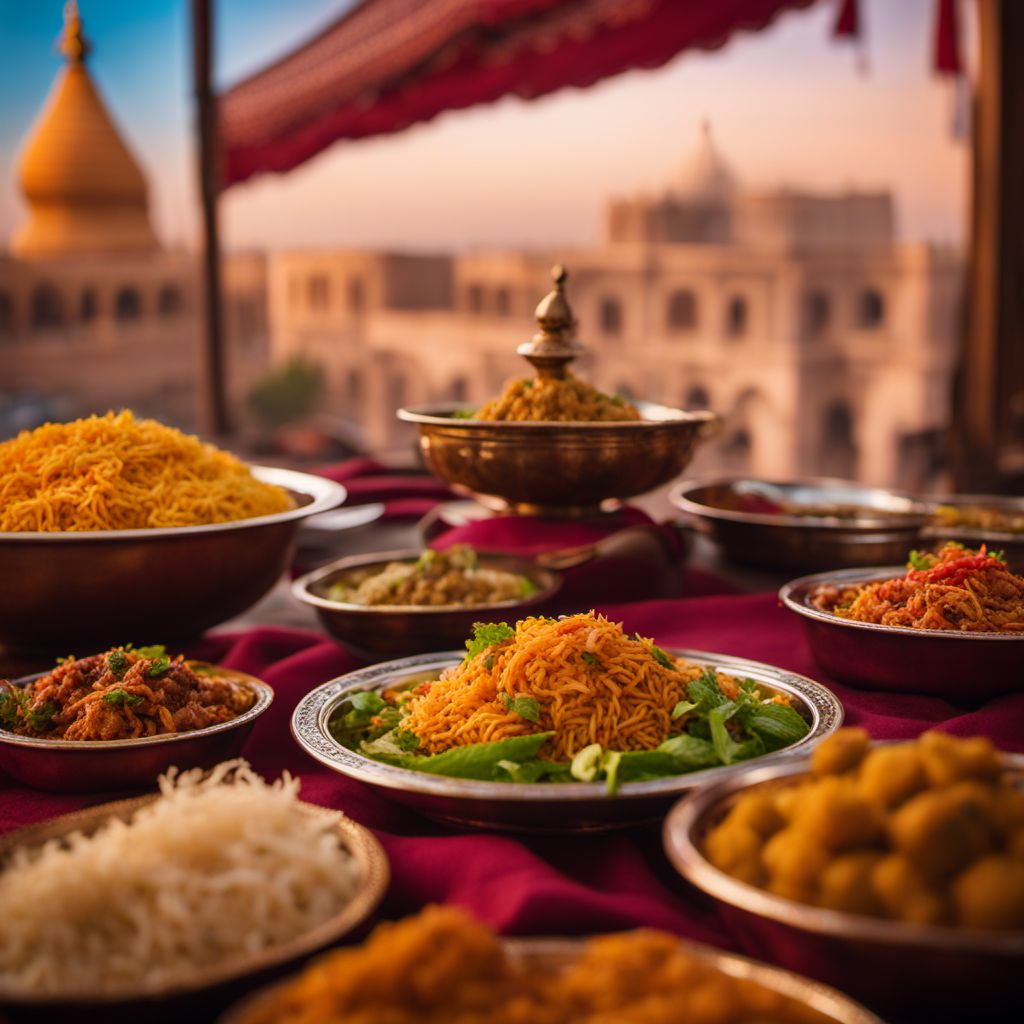
Cuisine
Sindhi cuisine
Sindhi cuisine is a fusion of Indian and Pakistani flavors. It is heavily influenced by the Mughal and Persian cultures. The cuisine is known for its spicy and aromatic dishes. The use of spices and herbs is common in Sindhi cuisine. The dishes are usually prepared with a lot of oil and ghee, which gives them a rich and flavorful taste. The cuisine is also known for its vegetarian and non-vegetarian dishes.
Typical ingredients
Rice, Wheat, Lentils, Vegetables, Meat (mutton, chicken), Fish, Spices (cumin, coriander, turmeric, red chili powder, garam masala), Vegetables (okra, eggplant, potatoes)
Presentation and garnishing
Sindhi dishes are usually presented in a simple and elegant manner. The dishes are usually garnished with fresh herbs and spices. Some of the common garnishes used in Sindhi cuisine include coriander leaves, mint leaves, and green chilies. The dishes are usually served with rice or bread.
Sindhi cuisine is also known for its sweets and desserts. Some of the common sweets in Sindhi cuisine include laddoo, barfi, and halwa. The cuisine is also known for its pickles and chutneys, which are usually made with a variety of fruits and vegetables.
More cuisines from this region...
Maharashtrian cuisine, Gujarati cuisine, Rajasthani cuisine, Parsi cuisine, Malvani cuisine, Goan cuisine
History
Sindhi cuisine has a rich history that dates back to the Indus Valley Civilization. The cuisine has been influenced by various cultures over the years, including the Mughal and Persian cultures. The cuisine is known for its use of spices and herbs, which were introduced by the Mughals. The cuisine is also known for its vegetarian and non-vegetarian dishes. The dishes are usually prepared with a lot of oil and ghee, which gives them a rich and flavorful taste.
Cultural significance
Sindhi cuisine is an important part of the Sindhi culture. The cuisine is known for its spicy and aromatic flavors. The dishes are usually prepared with a lot of oil and ghee, which gives them a rich and flavorful taste. The use of spices and herbs is common in Sindhi cuisine. The cuisine is also known for its vegetarian and non-vegetarian dishes.
Health benefits and considerations
Sindhi cuisine is known for its health benefits. The use of spices and herbs in Sindhi cuisine has been linked to various health benefits, including improved digestion and reduced inflammation. However, the cuisine is also known for its high calorie and fat content, which can be a concern for people with certain health conditions.
Sindhi cuisine recipes
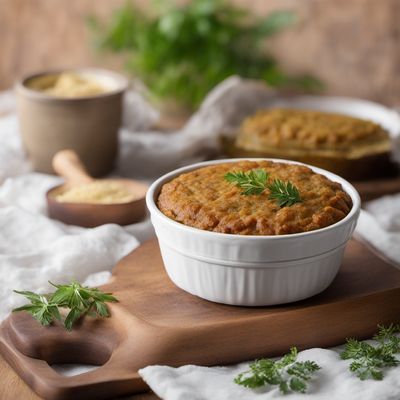
Sindhi-Style Savory Meat Pie
Sindhi Delight: A Flavorful Twist on Savory Meat Pie

Sindhi-style Paté de Pâques
Savory Sindhi Easter Pie: A Fusion of French and Sindhi Flavors
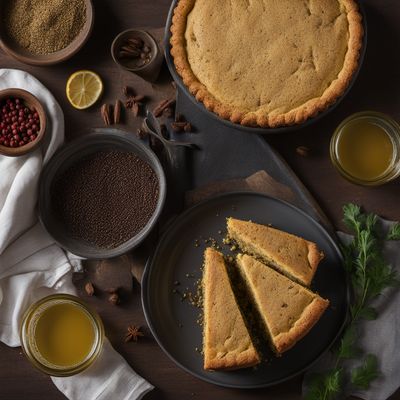
Sindhi-style Peppercorn Cake
Spicy Delight: Sindhi-style Peppercorn Cake

Sindhi-style Salmon Tagliatelle
Savory Sindhi Salmon Pasta Delight
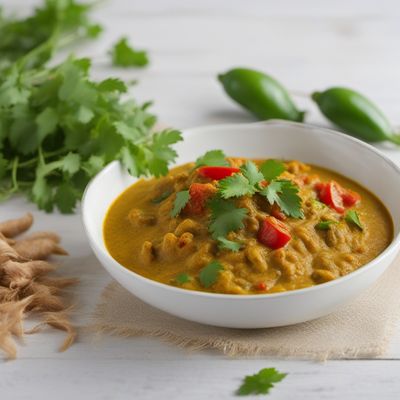
Sindhi-Style Green Papaya Curry
Savory Sindhi Delight: Green Papaya Curry
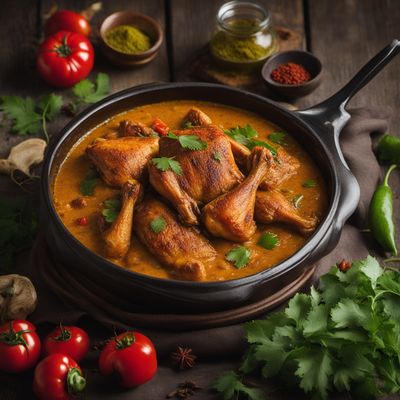
Sindhi Chicken Kabouli
Savory Sindhi Delight: Chicken Kabouli with a Twist

Sindhi-style Tarako Spaghetti
Savory Sindhi Fusion: Tarako Spaghetti with a Desi Twist
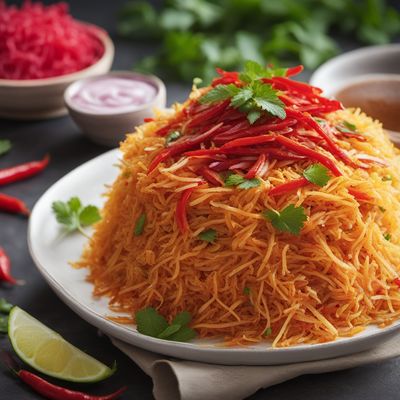
Sindhi-style Yusheng
Sindhi Delight: A Vibrant Twist on Yusheng

Sindhi-style Spiced Whale Curry
Whale Delight: A Sindhi Spiced Curry with a Twist

Sindhi-style Tomato and Egg Soup
Tangy Tomato and Egg Delight: A Sindhi Twist on a Classic Soup

Sindhi-style Mu Wan (Spicy Korean Rice Cake Stew)
Fiery Fusion: Sindhi-style Spicy Rice Cake Stew